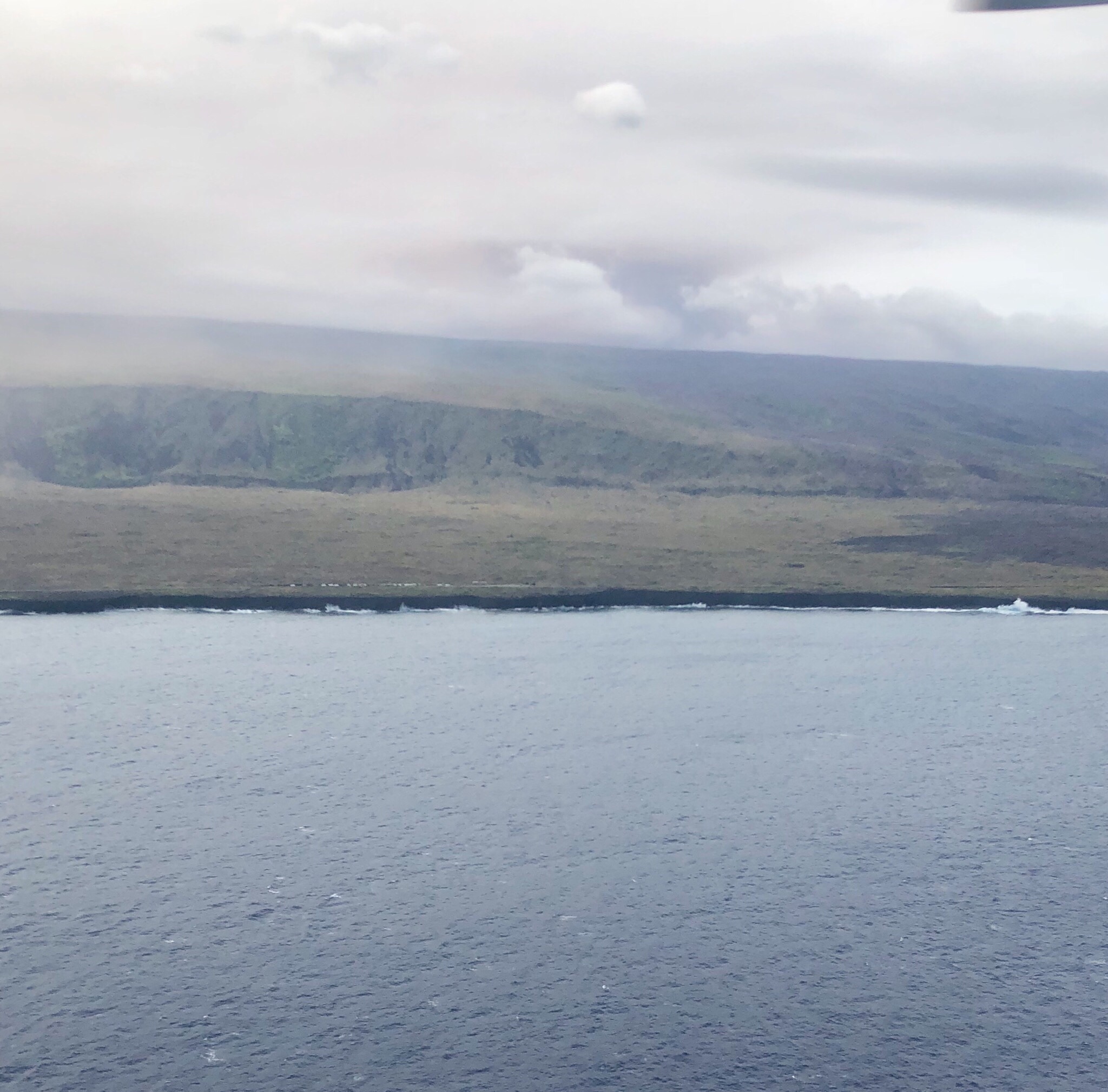
Just days before the Big Island’s Pu’u O’o crater collapsed and magma began spurting and oozing out of cracks in the earth, Chris was in the area evaluating air quality. Thick smoke—much thicker than the smoke we saw there five months ago—was already pouring forth from the ground.
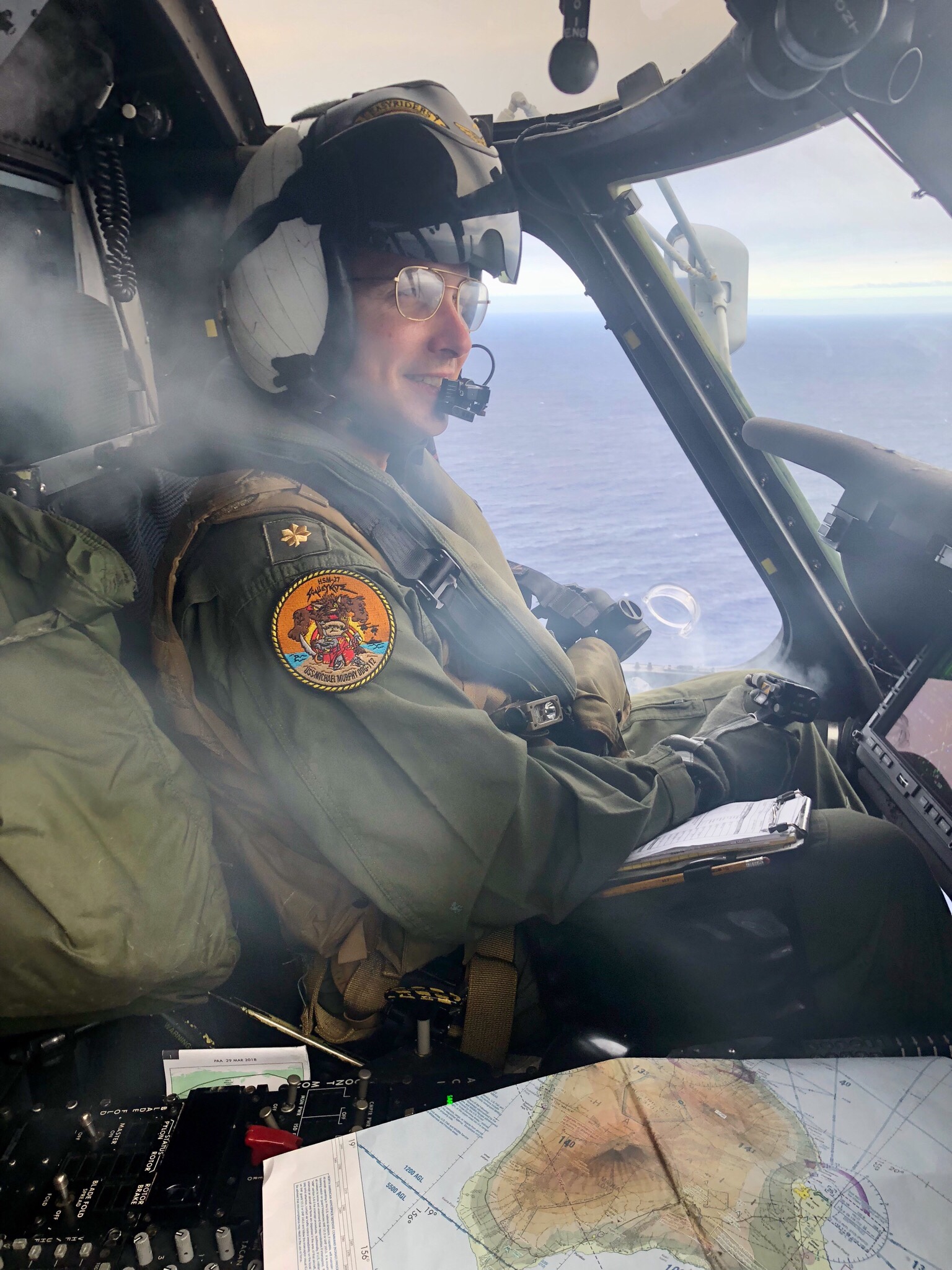
Below ground, what they could not see from the haze above, was the increasing shuddering and quaking that heralded the steady advance of the magma. The lava would soon break free, covering the land as it ran for the sea.
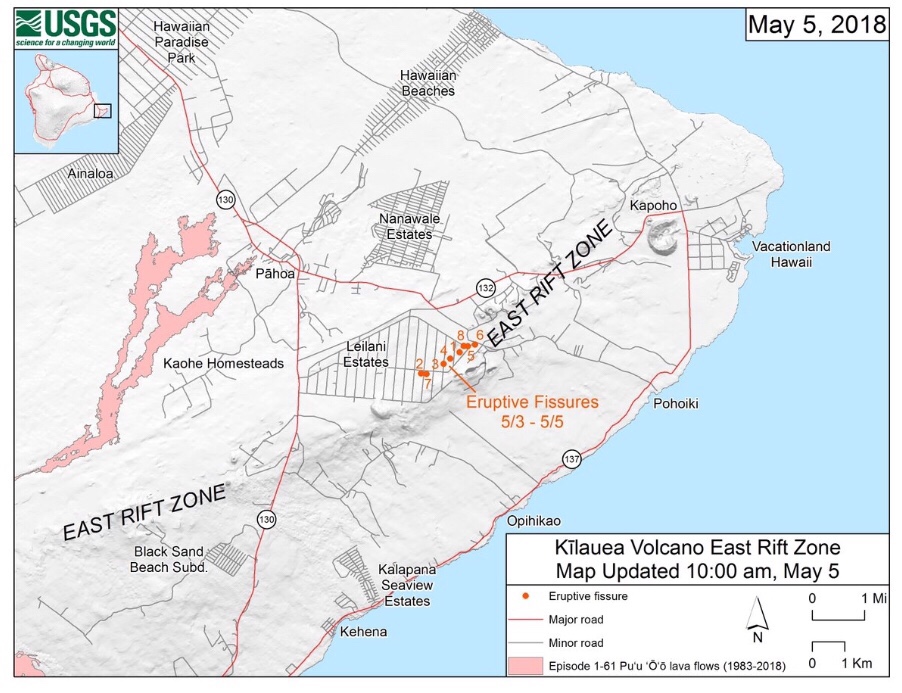
As some Marine squadrons relocate to Hilo in preparation to evacuate anyone trapped by lava flowing over roadways, Chris’ squadron remains on alert as a backup. The latest updates from the USGS state:
“Kilauea – 2018-05-26 06:14:50
A series of explosions over 15 minutes starting at 05:00 am produced an ash cloud that rose to 11,000 feet above sea level, according to radar data from the National Weather Service.
Kilauea – 2018-05-26 10:14:28
Intermittent ash emission at Kīlauea summit continues with plumes as high as 12-13,000′. Trade winds carrying ash southwest. Ocean entries in lower Puna remain active. Fissure 7 output increased overnight.”
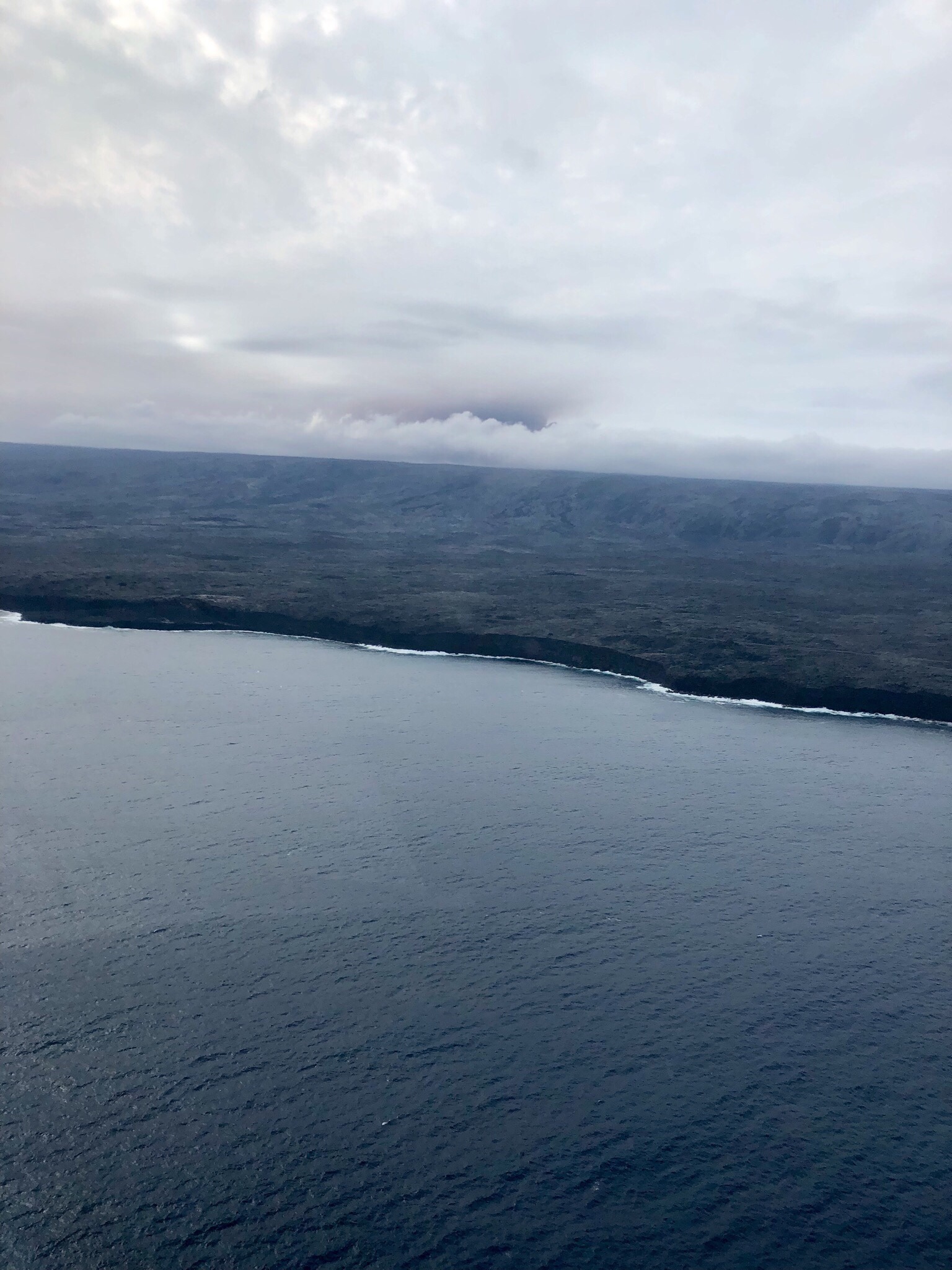

Chris’ flight route shows how far we are from the Big Island. It’s exciting to see brand new land forming, but it is so heartbreaking to hear the stories of the families who had to evacuate the neighborhoods overrun with lava. I got to hear one family’s story firsthand, and I’ll post a link when the article becomes available.
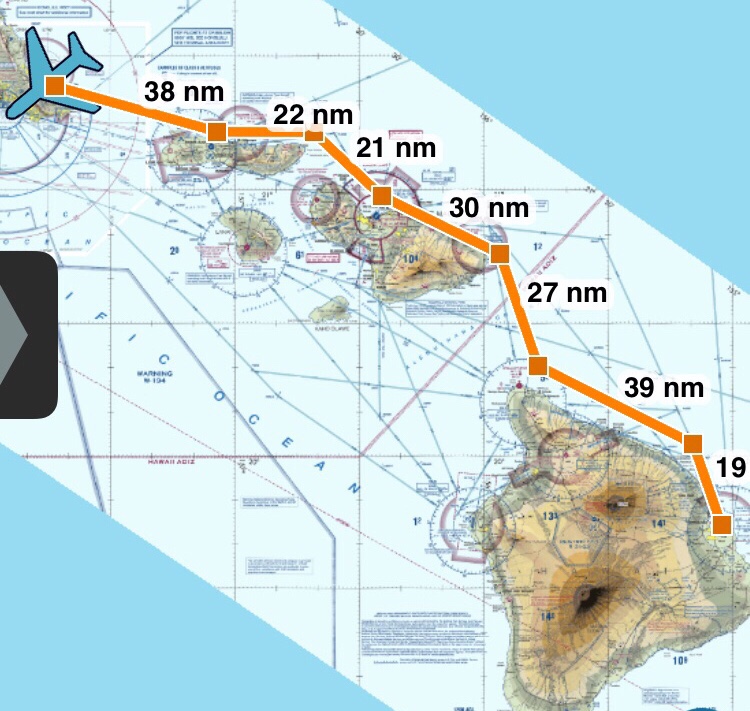
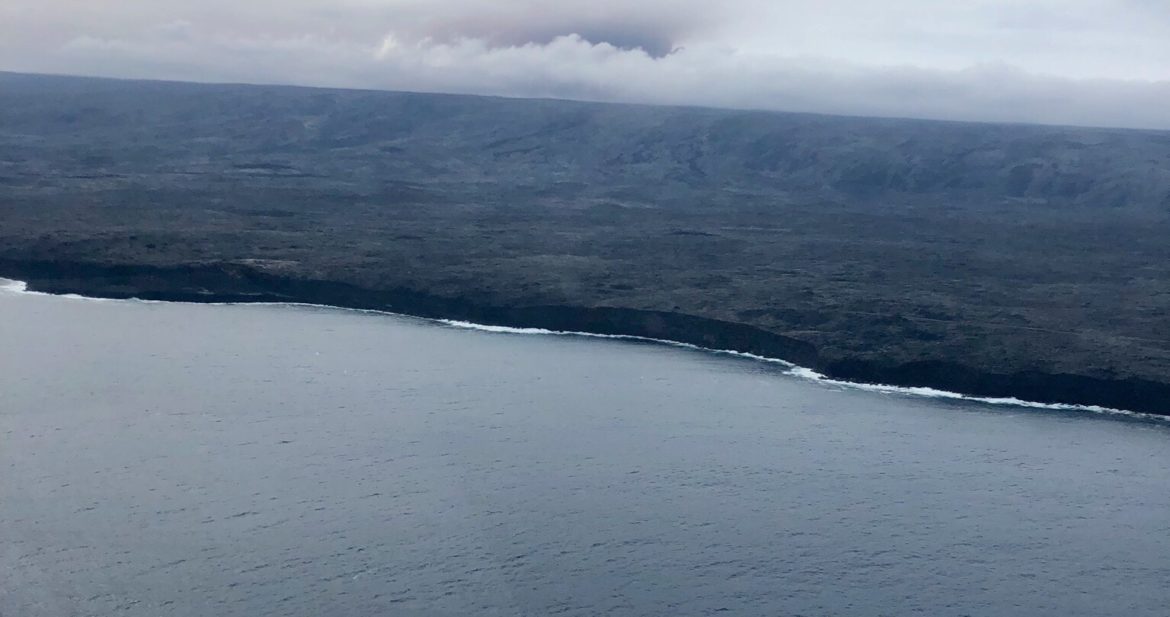
 How to Hula in Kailua
How to Hula in Kailua Flight to Catch
Flight to Catch This and That
This and That Asia Pacific Security Trends
Asia Pacific Security Trends